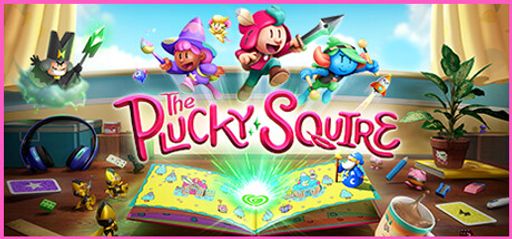Alright, let’s break this down at full throttle—The Plucky Squire is a platformer built for speed-savvy adventurers like me. From the moment I saw those slick 2D-to-3D transitions, I knew this wasn’t just a stylish storybook stroll. This game is packed with tight jumps, cleverly timed minigames, and sneaky little skips that scream speedrun potential. Whether I’m zipping across a paper bridge or chaining jumps over coffee cup cliffs, every second feels like a shot at a new PB. You better believe I’ve already got routes in mind and frame windows memorized. So, is it worth your time? Buckle up—I’m about to flip the page and dash straight into the details.
Overall Impressions
I jumped into The Plucky Squire with high hopes, and I wasn’t disappointed. Made by All Possible Futures and published by Devolver Digital, this game mixes 2D and 3D gameplay in a fun and creative way. The main idea—switching between a storybook and a real-world desk—grabbed my attention right away. Like many other players, I found it polished and original. However, it does get a bit repetitive at times.
If you enjoy games like Paper Mario or Klonoa, you’ll love how The Plucky Squire moves smoothly between flat and 3D worlds. It doesn’t try to change platforming games completely, but it improves on familiar ideas. Fans of light puzzles, fun minigames, and feel-good stories will find a lot to like here.
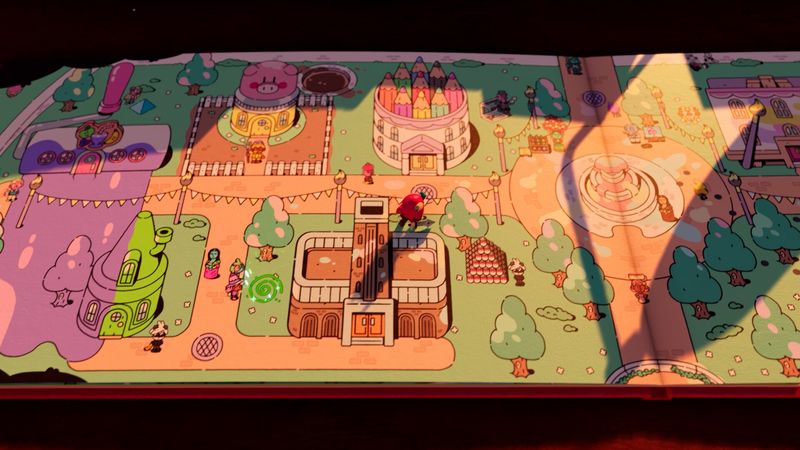
Gameplay Mechanics
You move between flat pages and a 3D desk setup. Controls are tight and responsive. Jumping sections reward good timing, and the combat is simple—basic hits, parries, and strong attacks. There aren’t deep combos, but the game stays fun and fast.
The minigames were my favorite part. One boss fight felt like Punch-Out!!—I had to dodge and counter perfectly. These short bursts of action break up the regular gameplay and feel like tributes to older games. When I speedrun, I focus on mastering these to cut down my time.
Puzzles are easy and smooth. You flip words on a page to change how objects work. For example, turn “door” into “rope” and it changes instantly. It’s a clever mechanic, even if a few players felt the puzzles were too simple. They still work well in a short game under ten hours.
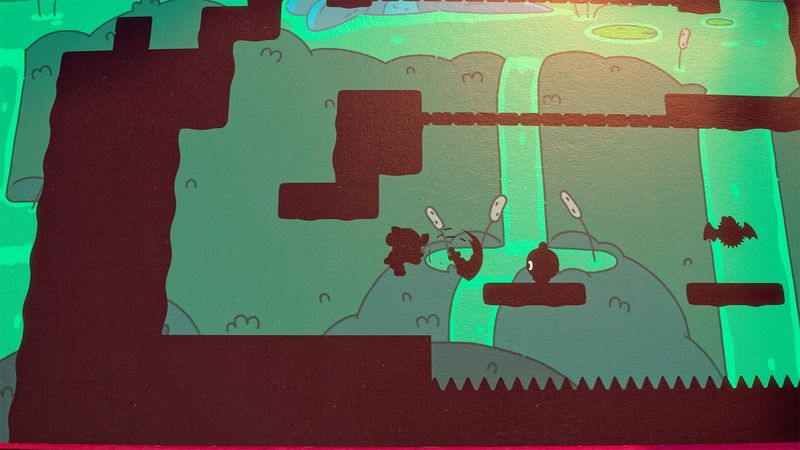
Story and Characters
The Plucky Squire tells the story of a brave hero trying to save friends stuck in a book. Along the way, you meet fun characters like talking quills and sneaky ink creatures. The writing is funny without trying too hard. I laughed when a librarian scolded some living scribbles.
The book-world theme makes each level feel special, with different art styles in each chapter. While the story isn’t surprising, it still hits the right emotional moments. I cared about the characters and felt the ending was heartwarming.
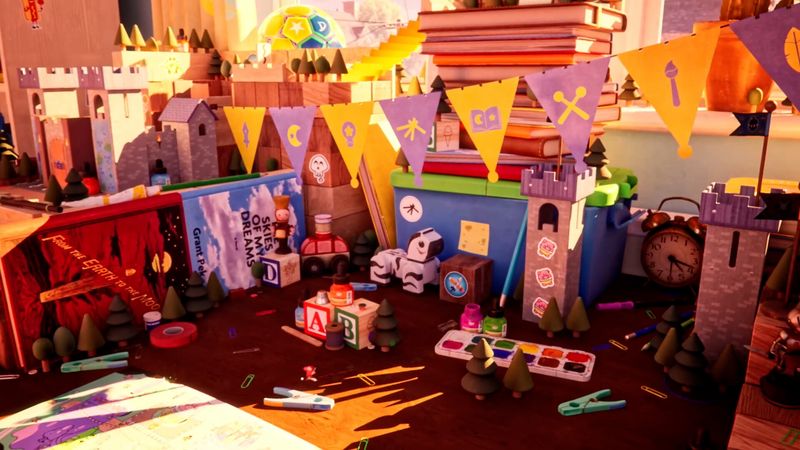
Visuals and Graphics
Artistically, The Plucky Squire excels. Hand-drawn 2D assets glow with watercolor textures. The 3D desk realm uses vibrant lighting to showcase everyday clutter as towering structures. A spilled ink well becomes an ominous moat in one level, and a coffee mug houses a hidden shrine in another. These effects amplify the sense of scale and wonder.
Frame rate remains locked at 60 FPS on my test rig. I never noticed stutters, even during heavy particle effects in boss fights. For speedrunners, that consistent performance encourages precise trick execution and reliable timing.
Sound and Music
Composer Anna Rubin crafted a soundtrack that blends orchestral swells with playful motifs. Each chapter introduces a new theme that suits its unique setting. The ink world features tinkling xylophones and hushed strings, while the desk world adds marching snare drums to evoke exploration.
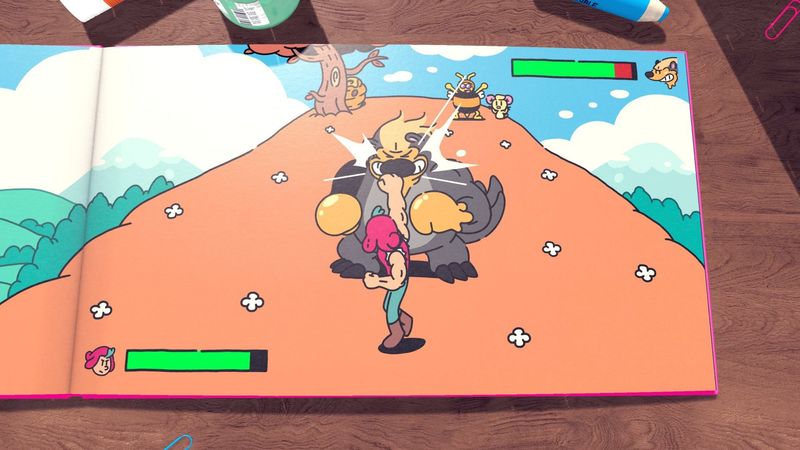
Sound effects remain crisp. The satisfying “flip” when you change text on a page feels appropriately magical. Voice acting stays sparse, but it works: characters speak in short, expressive lines that avoid feeling overdone. Overall, audio design elevates the game’s atmosphere without ever distracting.
Difficulty and Replayability
The Plucky Squire targets a broad audience. Puzzles rarely stump seasoned players, and combat stays forgiving. Still, I found collectible scrolls hidden behind tricky platform sections. I logged extra time hunting them down.
For speedrunners, the game holds hidden potential. You can skip optional gems by chaining precise jumps. You can also exploit text-flip puzzles to bypass small platform loops. I roughly halved my playtime by optimizing realm transitions and cutting through a few unskippable cutscenes with quick menu inputs. Leaderboards would be a welcome addition—and I hope one appears in a future patch.
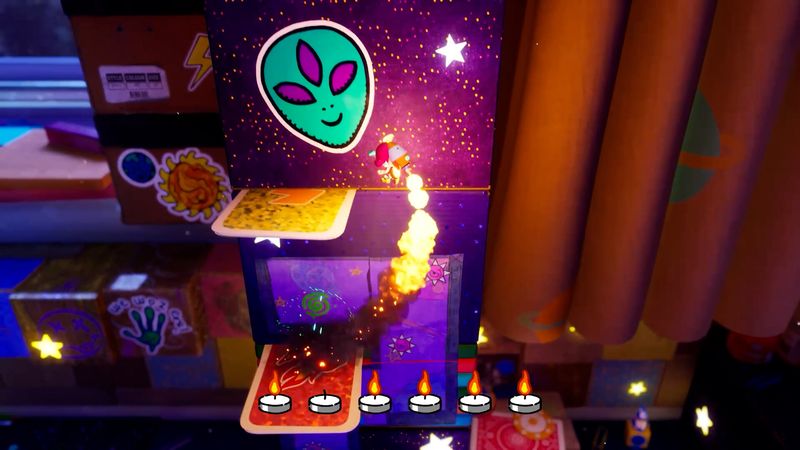
Behind the Scenes Trivia
All Possible Futures consists of a small indie team passionate about hand-drawn art. They spent over two years perfecting the text-manipulation mechanic. Devolver Digital stepped in late in development to help polish the HUD, ensuring on-screen prompts never obscure the art.
Final Thought
If you crave a lighthearted, visually stunning adventure with speedrunning potential, The Plucky Squire delivers. It may not redefine the genre, but it captures the joy of playful platforming and creative puzzle-solving. I can’t wait to chase a new personal record—and I suspect many of you will too.
Rating: 4 out of 5 stars
I award The Plucky Squire 4 out of 5 stars. It earns high marks for creativity, presentation, and a brisk ten-hour run time that feels substantial. A few repetitive chapters and mild difficulty limits its universal appeal. Still, the polished minigames, clever text puzzles, and seamless 2D/3D blend make it a must-play for platform fans and aspiring speedrunners alike.

Pros
This game impresses with its seamless transitions between 2D and 3D environments, delivering a constant sense of wonder and visual creativity. The inclusion of polished, varied minigames pays clever homage to gaming classics, while innovative text-flip puzzles dynamically reshape the world in real-time, keeping gameplay fresh and engaging.
Complementing its mechanics is a charming soundtrack and crisp audio design that enhances immersion. Performance-wise, the game maintains a rock-solid 60 FPS, which not only ensures smooth visuals but also supports precise inputs, making it especially appealing for speedrunners and players seeking tight, responsive controls.
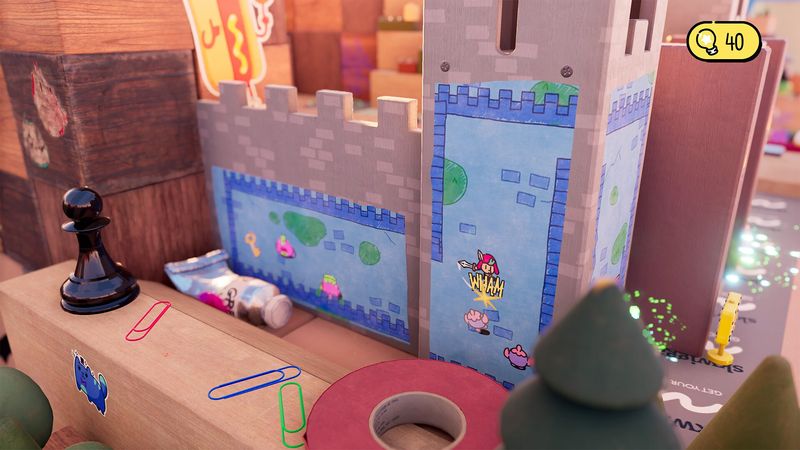
Cons
While the game offers an imaginative and polished experience, it may feel too easy for seasoned players, with puzzles presenting only a mild challenge that can be quickly solved. The core gameplay loop also suffers from some repetitiveness, particularly due to the frequent back-and-forth traversal between realms, which can interrupt momentum and lead to a sense of déjà vu.
Additionally, the lack of built-in leaderboards or time trial features at launch is a missed opportunity, especially given the game’s smooth performance and potential appeal to competitive players. This absence may leave speedrunners and high-score chasers wanting more structured incentives to replay levels.


